Home>Gardening & Outdoor>Landscaping Ideas>What Grass Needs The Least Water
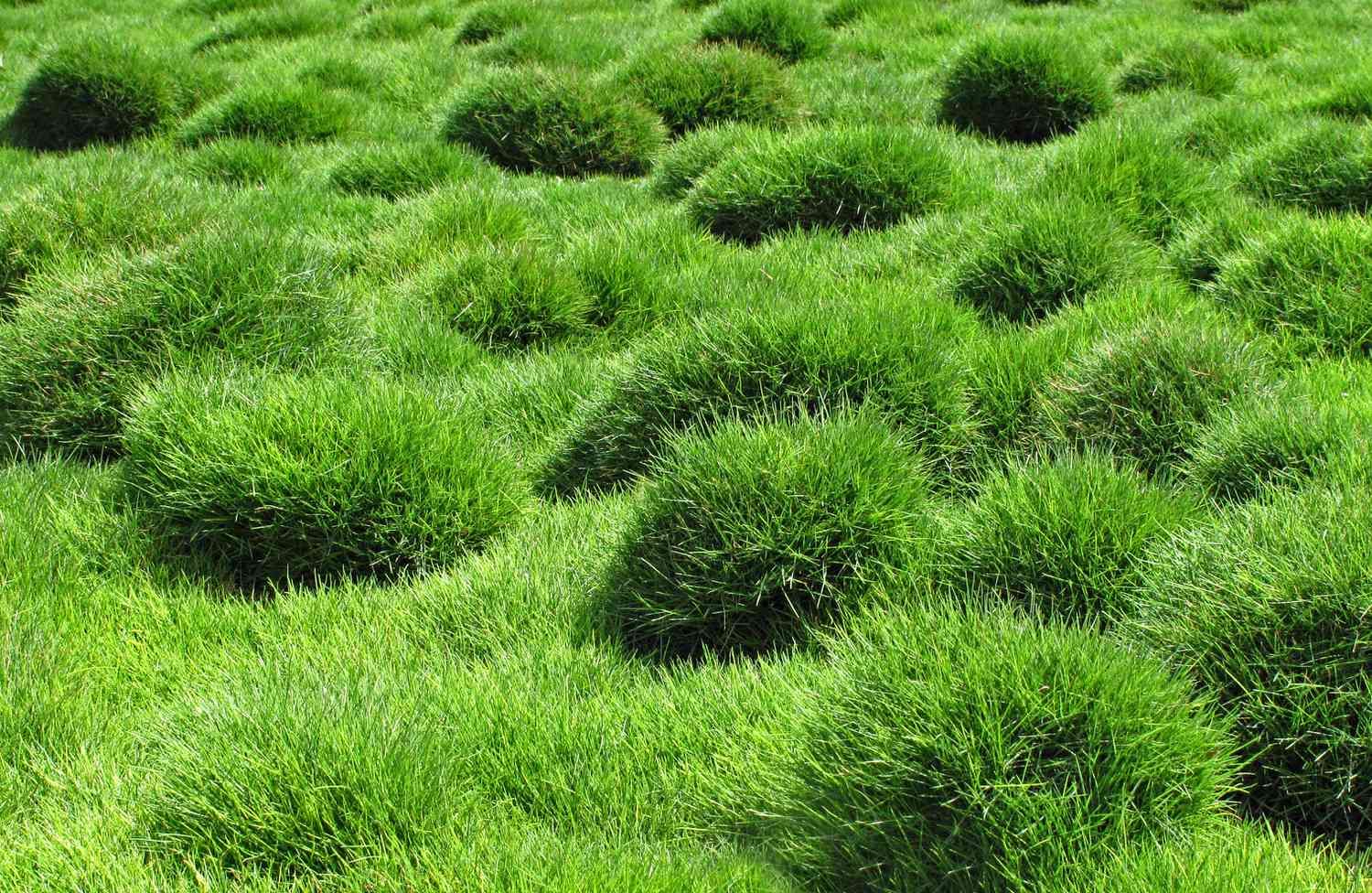

Landscaping Ideas
What Grass Needs The Least Water
Modified: February 18, 2024
Discover landscaping ideas for low-water grass to create a sustainable and beautiful outdoor space. Find out which grass types require the least water for your landscaping needs.
(Many of the links in this article redirect to a specific reviewed product. Your purchase of these products through affiliate links helps to generate commission for Storables.com, at no extra cost. Learn more)
**
Introduction
**
When it comes to maintaining a lush and vibrant lawn, water is an essential element. However, in regions where water conservation is a concern, homeowners may seek alternatives that require less irrigation. Understanding the water needs of different types of grass can help homeowners make informed decisions about their landscaping choices. In this article, we will explore the types of grass that require the least water, providing valuable insights for individuals looking to conserve water while still enjoying a beautiful lawn. Additionally, we will offer practical tips for conserving water in lawn care, empowering homeowners to achieve a healthy and sustainable lawn without excessive water usage. Let's delve into the world of low-water grass options and discover how to achieve a thriving lawn with minimal irrigation.
Key Takeaways:
- Choose low-water grass like Bermuda, Zoysia, Buffalo, Centipede, or Tall Fescue for a lush lawn with minimal watering, conserving water and reducing maintenance.
- Use smart irrigation, mulch, and rainwater collection to conserve water, maintain a healthy lawn, and reduce water costs for sustainable landscaping.
Read more: Which Grass Uses The Least Water
Understanding Water Needs of Grass
Grass, like all living organisms, requires water to thrive. However, different types of grass have varying water needs based on factors such as climate, soil type, and overall environmental conditions. Warm-season grasses, such as Bermuda grass and Zoysia grass, are known for their ability to withstand drought and thrive in hot climates with minimal water. These grasses have deep root systems that enable them to access moisture from lower soil levels, reducing their dependence on frequent watering.
Cool-season grasses, including Kentucky bluegrass and fescue, are more common in regions with milder temperatures and adequate rainfall. While these grasses can tolerate some drought, they generally require more frequent watering to maintain their lush green appearance, especially during dry spells.
Understanding the specific water needs of the grass species in your lawn is crucial for efficient water management. By selecting grass varieties that are well-suited to your local climate and soil conditions, you can minimize water usage while promoting a healthy and resilient lawn.
Factors such as soil composition and sun exposure also influence the water requirements of grass. Soil with good drainage can help prevent waterlogging, ensuring that the grass roots receive adequate oxygen and moisture. Additionally, grass in shaded areas typically requires less water than grass in full sun, as the shade helps reduce evaporation and water loss.
By considering these factors and choosing grass varieties that align with your region’s climate and environmental characteristics, you can create a thriving lawn that demands minimal water input, contributing to both water conservation and sustainable landscaping practices.
**
Types of Grass That Require the Least Water
**
Choosing grass varieties that are naturally resilient and adapted to low-water conditions can significantly reduce the need for frequent irrigation, making them ideal choices for water-conscious homeowners. Several types of grass stand out for their exceptional drought tolerance and minimal water requirements, offering sustainable options for creating a vibrant lawn without excessive watering.
**
1. Bermuda Grass
**
Bermuda grass is renowned for its remarkable drought resistance, thriving in hot, arid climates with minimal water. Its deep root system enables it to access moisture from lower soil levels, allowing it to withstand extended periods of dryness without significant impact on its appearance. This makes Bermuda grass an excellent choice for homeowners seeking a low-maintenance, water-efficient lawn option.
**
2. Zoysia Grass
**
Zoysia grass is another warm-season variety known for its ability to thrive in low-water conditions. Its dense, lush growth habit and deep root system contribute to its exceptional drought tolerance, making it well-suited for regions with limited water availability. Zoysia grass exhibits resilience in the face of heat and drought, maintaining its verdant appearance with minimal irrigation.
**
Read more: What Nutrients Does Grass Need
3. Buffalo Grass
**
Buffalo grass is a native prairie grass that has adapted to thrive in dry, arid environments. Its ability to withstand drought and minimal water input makes it an attractive choice for homeowners seeking a low-water alternative for their lawns. With its fine texture and low maintenance requirements, buffalo grass offers an eco-friendly and sustainable option for creating a resilient lawn with minimal water usage.
**
4. Centipede Grass
**
Centipede grass is well-suited for areas with acidic, infertile soil and low water availability. Its slow growth rate and low maintenance needs, including minimal watering, make it an excellent choice for homeowners seeking a water-efficient grass variety. Centipede grass exhibits good drought tolerance, maintaining its attractive appearance with less frequent irrigation compared to other grass types.
**
5. Tall Fescue
**
Tall fescue is a cool-season grass known for its adaptability to a wide range of climates and soil conditions. Its deep root system enables it to access moisture from lower soil levels, reducing its dependence on frequent watering. Tall fescue’s ability to withstand drought and maintain its lush green appearance with minimal water input makes it a practical choice for homeowners seeking a resilient, low-water grass option.
By selecting grass varieties such as Bermuda grass, Zoysia grass, buffalo grass, centipede grass, and tall fescue, homeowners can establish a vibrant and sustainable lawn that thrives with minimal water, contributing to water conservation efforts while enjoying the beauty of a lush, green landscape.
**
Tips for Conserving Water in Lawn Care
**
Implementing water-conservation practices in lawn care not only promotes environmental sustainability but also helps homeowners reduce water usage and associated costs. By adopting the following tips, individuals can maintain a healthy and attractive lawn while minimizing water consumption:
**
1. Adjust Irrigation Schedule
**
Calibrate the lawn irrigation schedule based on the specific water needs of the grass and local weather conditions. Consider factors such as rainfall, temperature, and soil moisture to avoid overwatering. Utilize smart irrigation systems with moisture sensors to automatically adjust watering frequency and duration, optimizing water usage.
**
2. Use Drought-Tolerant Grass
**
Choose grass varieties that are naturally drought-tolerant and require minimal water, such as Bermuda grass, Zoysia grass, buffalo grass, centipede grass, or tall fescue. These low-water options can thrive with reduced irrigation, contributing to water conservation efforts while maintaining a lush lawn.
**
3. Apply Mulch
**
Spread a layer of organic mulch around plants and trees in the lawn to retain soil moisture, minimize evaporation, and reduce the need for frequent watering. Mulch also helps regulate soil temperature and suppresses weed growth, promoting overall water efficiency in the landscape.
**
4. Perform Proper Lawn Maintenance
**
Maintain the lawn at an appropriate mowing height to promote deeper root growth, which enhances the grass’s ability to access moisture from lower soil levels. Regular aeration and dethatching can improve soil water absorption and reduce runoff, optimizing the effectiveness of irrigation and rainfall.
**
Read more: What Does Grass Seed Need To Germinate
5. Collect Rainwater
**
Install rain barrels or cisterns to capture and store rainwater for later use in lawn irrigation. This sustainable practice reduces reliance on treated water for watering the lawn, offering a cost-effective and eco-friendly water supply for maintaining a healthy landscape.
**
6. Utilize Water-Efficient Equipment
**
Invest in water-efficient irrigation equipment, such as drip irrigation systems and low-flow sprinklers, to deliver water directly to the root zones of plants with minimal waste. Additionally, regularly inspect and maintain irrigation components to prevent leaks and ensure optimal water distribution.
By incorporating these water-conservation strategies into lawn care practices, homeowners can cultivate a thriving and visually appealing landscape while minimizing water usage. These eco-friendly approaches not only contribute to sustainable water management but also promote the long-term health and resilience of the lawn, demonstrating the harmonious coexistence of environmental stewardship and landscape aesthetics.
**
Conclusion
**
Creating a beautiful, sustainable lawn with minimal water requirements is achievable through thoughtful grass selection and water-conservation practices. By understanding the water needs of different grass varieties and choosing those that are naturally resilient in low-water conditions, homeowners can establish a vibrant landscape while contributing to water conservation efforts.
Opting for drought-tolerant grass types such as Bermuda grass, Zoysia grass, buffalo grass, centipede grass, and tall fescue allows homeowners to enjoy a lush, green lawn with reduced water consumption. These grass varieties exhibit exceptional drought tolerance and require minimal irrigation, making them ideal choices for regions where water conservation is a priority.
Furthermore, implementing water-conservation strategies in lawn care, such as adjusting irrigation schedules, using mulch, and collecting rainwater, enables homeowners to maintain a healthy and visually appealing landscape while minimizing water usage and associated costs. These eco-friendly practices not only promote sustainable water management but also contribute to the long-term health and resilience of the lawn.
By embracing the principles of water-efficient landscaping and making informed choices regarding grass selection and lawn care practices, homeowners can achieve a thriving lawn that enhances the beauty of their outdoor space while aligning with sustainable water stewardship. Through a harmonious blend of aesthetic appeal and environmental responsibility, a low-water lawn exemplifies the balance between landscape sustainability and visual allure, showcasing the transformative power of conscientious landscaping practices.
With a commitment to water conservation and a deep appreciation for the natural beauty of a well-maintained lawn, homeowners can embark on a journey toward creating a sustainable, water-efficient landscape that enriches the environment and enhances the quality of outdoor living.
Frequently Asked Questions about What Grass Needs The Least Water
Was this page helpful?
At Storables.com, we guarantee accurate and reliable information. Our content, validated by Expert Board Contributors, is crafted following stringent Editorial Policies. We're committed to providing you with well-researched, expert-backed insights for all your informational needs.


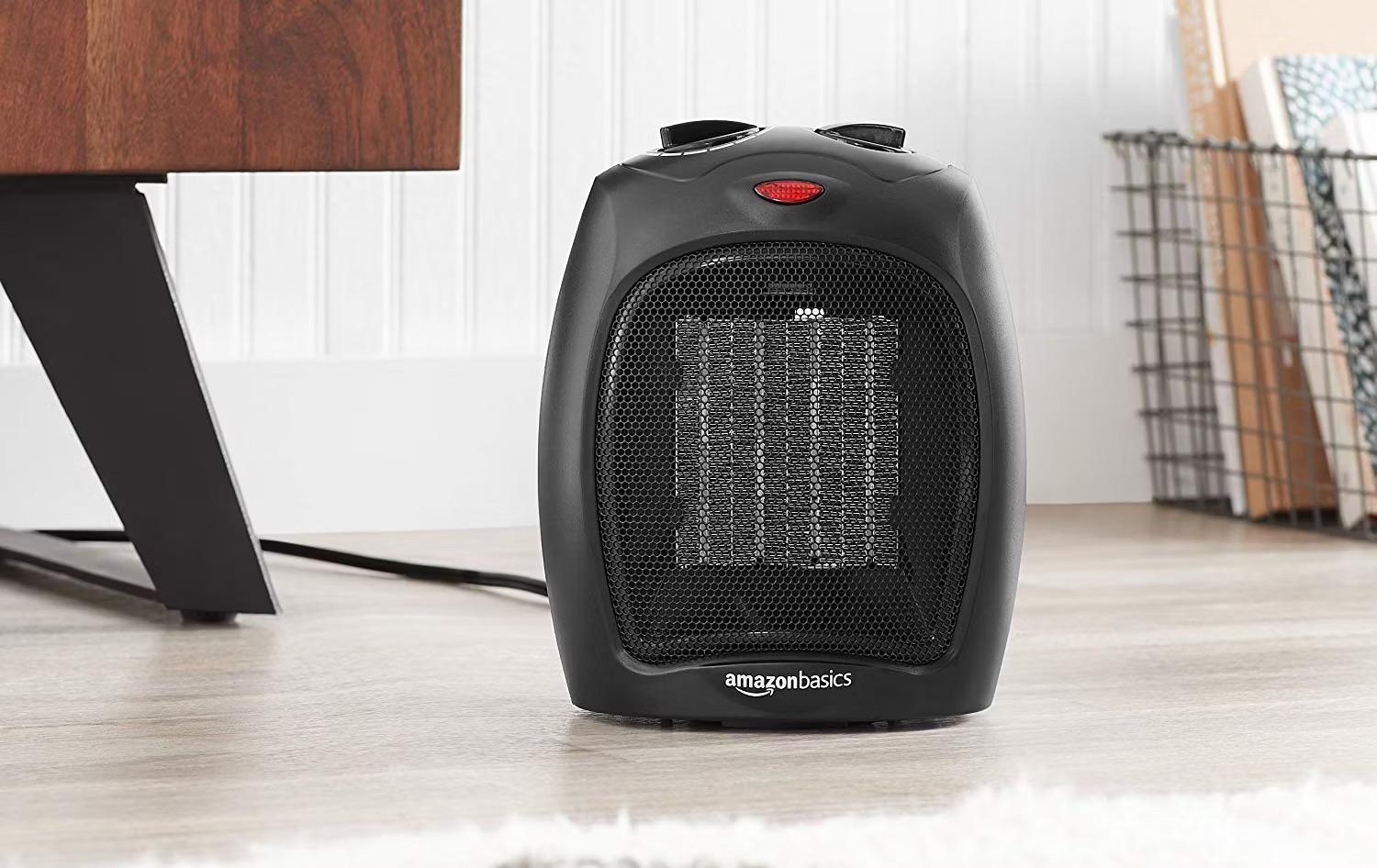

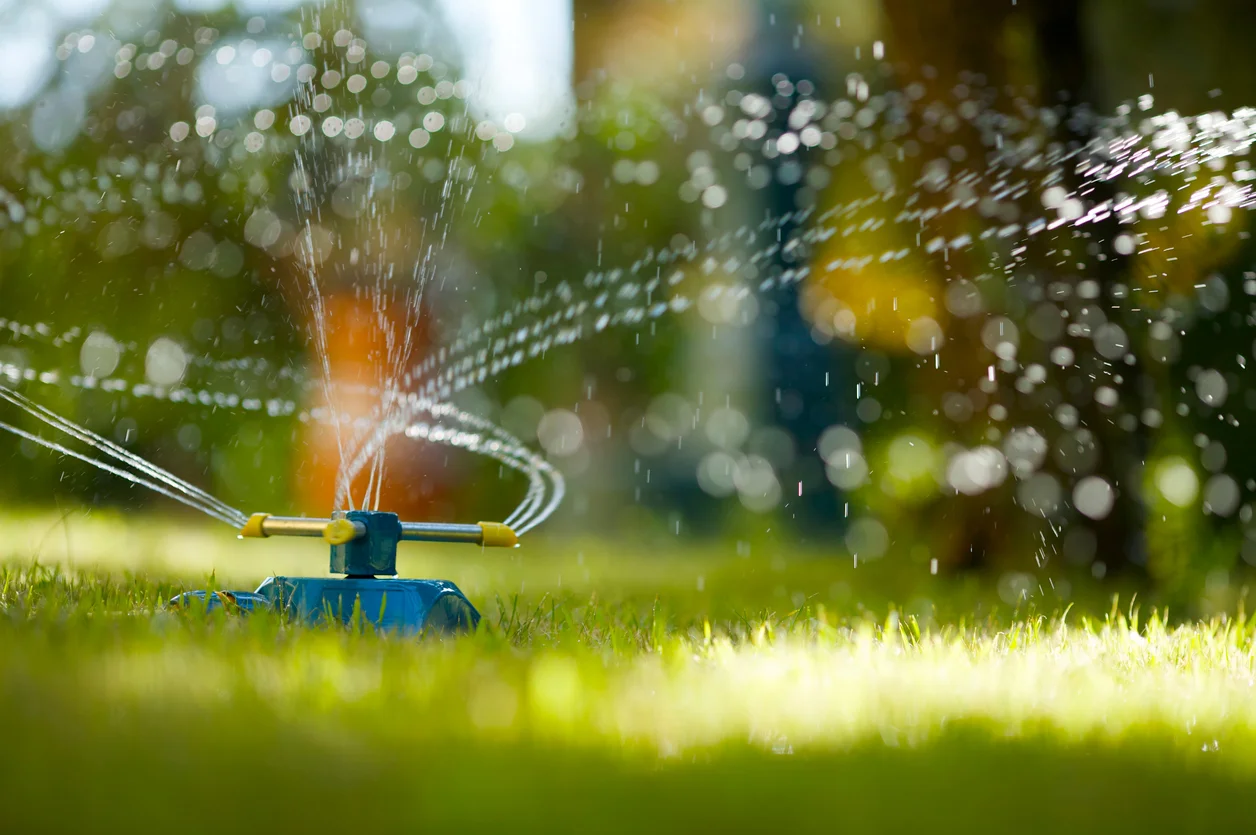
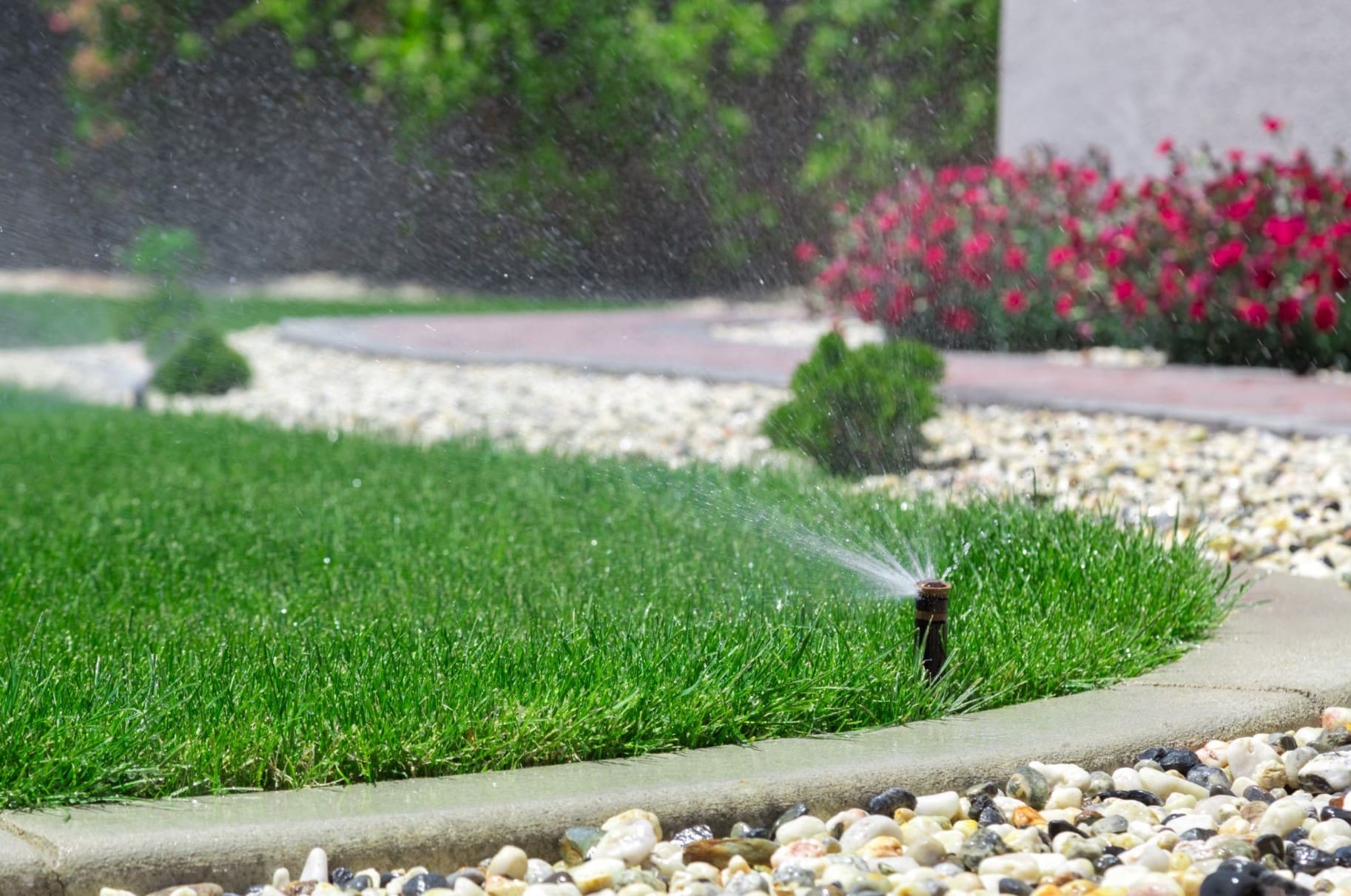




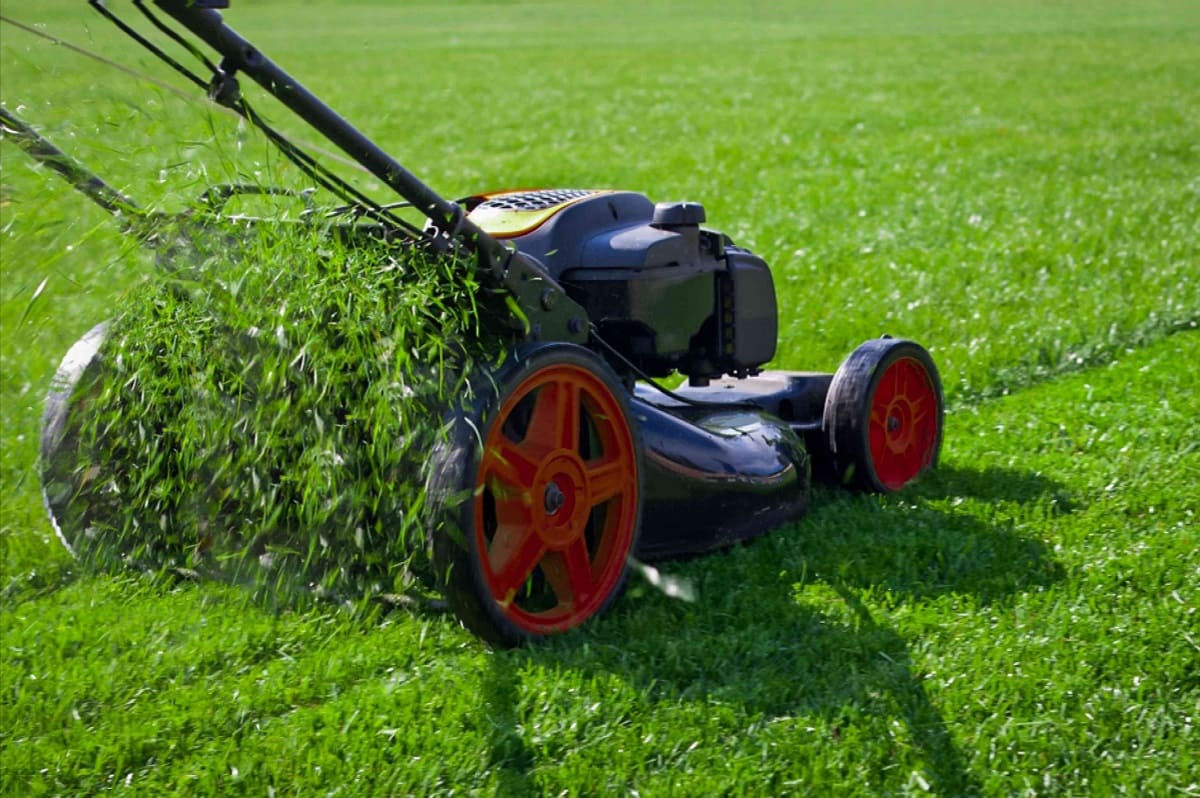


0 thoughts on “What Grass Needs The Least Water”